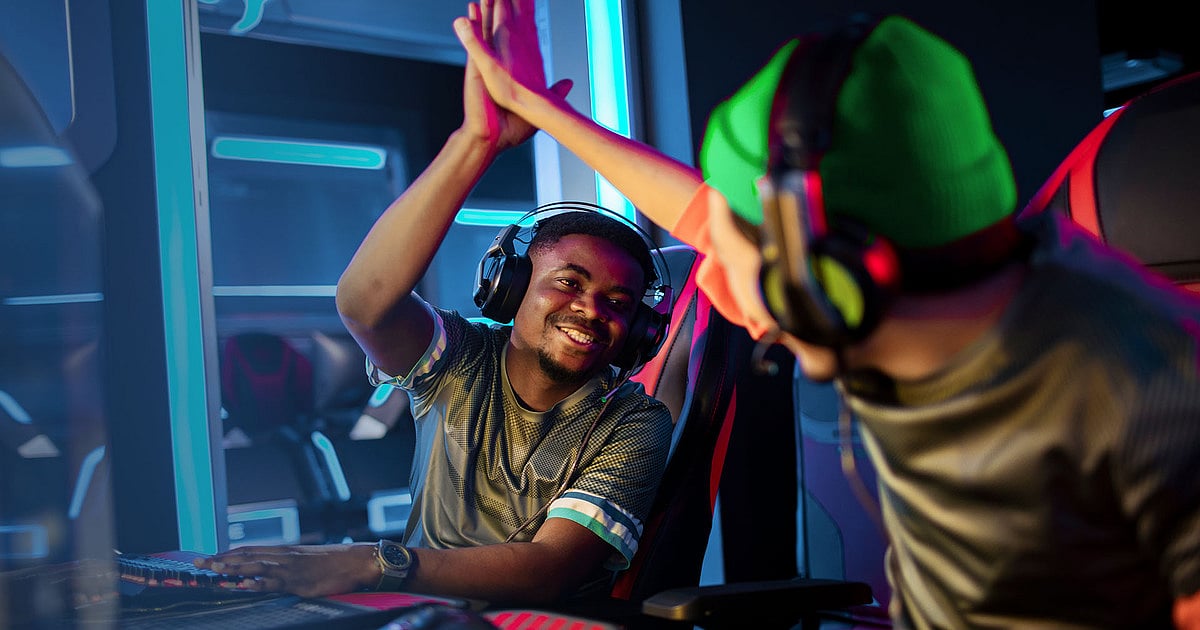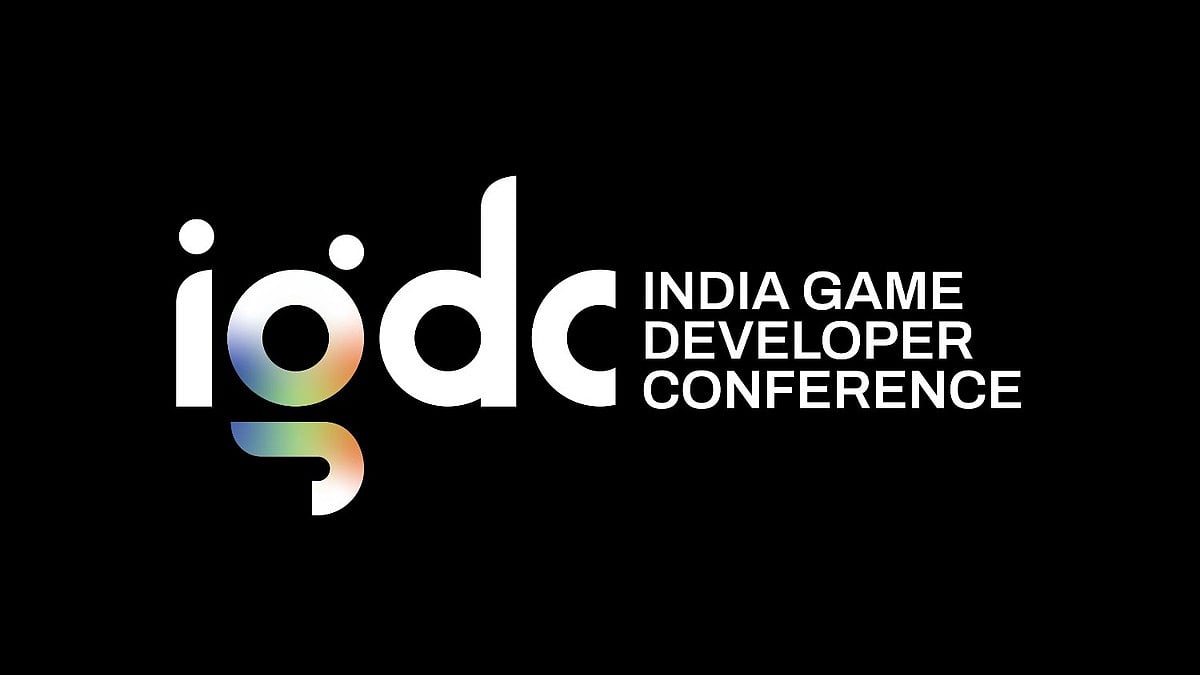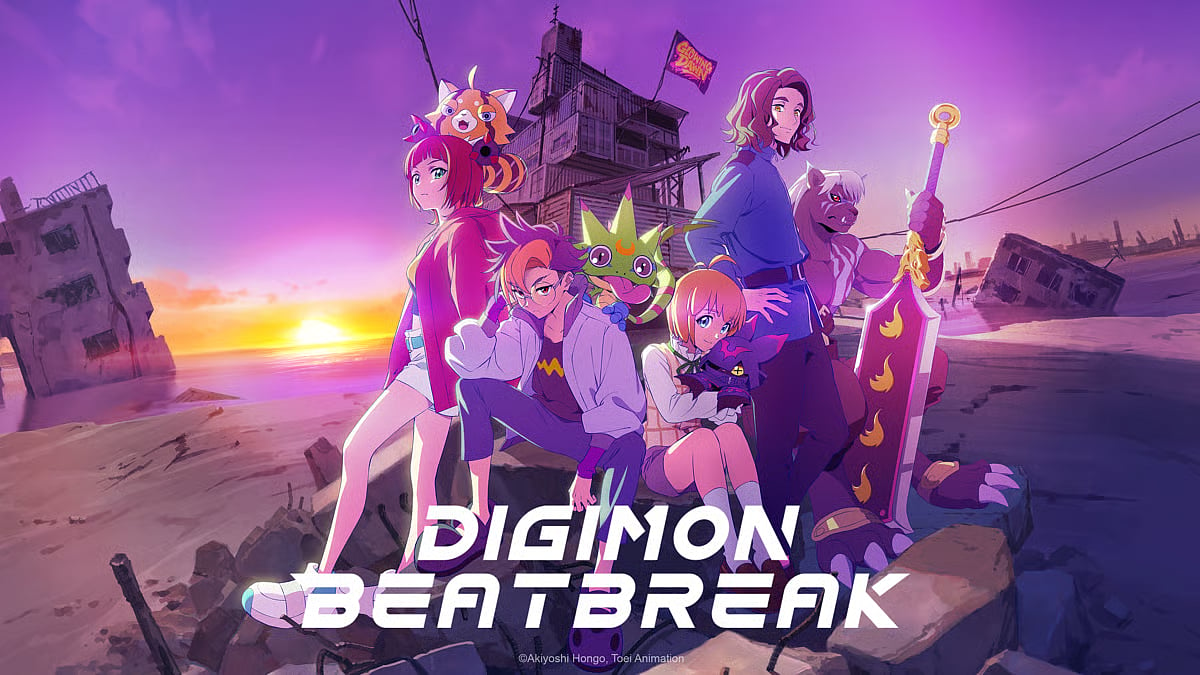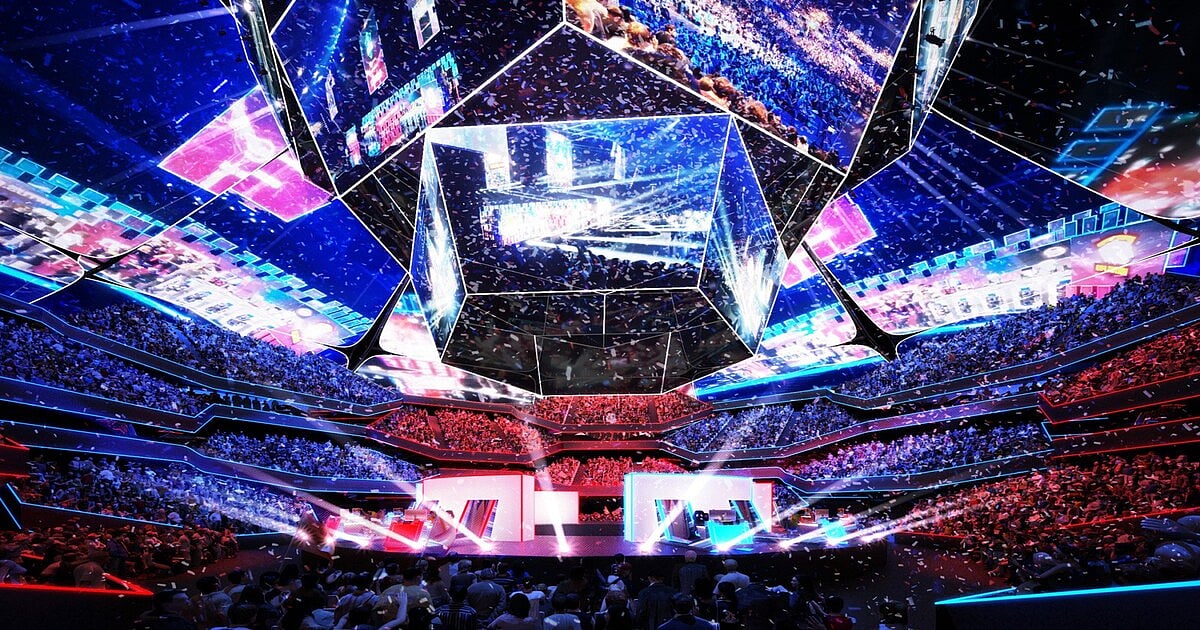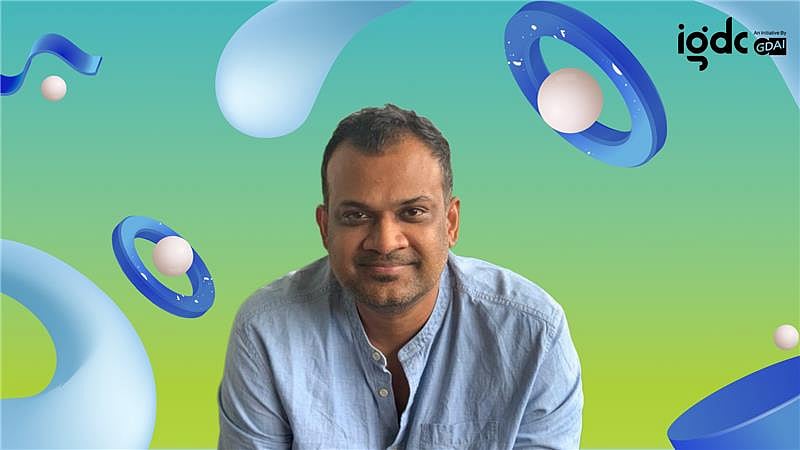
IGDC’s Sridhar Muppidi on Empowering Indian Game Developers
IGDC’s Sridhar Muppidi on Empowering Indian Game Developers
Discover how IGDC’s Indie 40 initiative is transforming India’s indie game development scene.
Highlights
- Indie 40 at IGDC 2025 offers India’s top indie studios vital exposure, mentorship, and investor access, accelerating homegrown talent and bold ideas.
- Sridhar Muppidi spotlights Chennai’s emergence as a game development hub, backed by local studios and Tamil Nadu’s progressive industry policies.
- Success stories from Indie 40, like Redimension Games, show how IGDC’s platform connects indies to funding, growth, and global opportunity.
India’s indie game development landscape is undergoing a remarkable transformation, fueled by innovation, community, and increasing global visibility. At the forefront of this shift is Sridhar Muppidi, Chairperson of the Game Developers Association of India (GDAI), whose leadership is instrumental in amplifying the voices and talents of independent creators. Through flagship initiatives like Indie 40 and the Indie Mixer at IGDC 2025, GDAI is crafting platforms that celebrate creativity, foster collaboration, and provide opportunities for growth. Let’s explore Sridhar’s vision, the evolution of India’s indie ecosystem, and how these efforts are shaping the future of gaming in India and beyond.
The Origins of Indie 40
India’s indie gaming scene stands at a transformative moment, with initiatives like Indie 40 and the Indie Mixer at IGDC 2025 reshaping the landscape. Sridhar Muppidi recalls, “For the past two decades, the indie ecosystem has been at the heart of what we do at IGDC. We have always focused on giving indie developers exposure through initiatives such as helping them showcase at global events… In the last few years, we have seen a big shift. Many Indian developers have started building for PC and console, whereas earlier the focus was almost entirely on mobile. This evolution showed us how much the ecosystem had matured and that indies now needed a more structured platform to thrive. That is how Indie 40 was born—part of a larger effort to create a stronger support framework for independent creators.” The program, he emphasizes, is “built by indies, for indies.”
Celebrating Standout Indie Games
Out of hundreds of submissions, Sridhar highlights memorable creations: “Frontier Paladin impressed us with its unique mix of action-RPG combat and tower-defense strategy. Cosmic Race brought back the thrill of old-school arcade racing… Palm Sugar stood out for its emotional storytelling and pixel-art world deeply rooted in Indian culture. 1000 Deaths showcased innovative perspective-shifting mechanicss. The Misadventures of Spaceman Biff delivered tight, skill-based platforming… Hush Hush High, a cozy visual novel… showed how indies are redefining storytelling.” Each game exemplifies the “creativity, craftsmanship, and confidence that define the next generation of Indian game developers.”
Unlocking Opportunity at IGDC
The recognition gained through Indie 40 is just the beginning for selected studios. “Redimension Games from Kohima was discovered at IGDC by Krafton and later received funding. It is a perfect example of how visibility and opportunity can transform a studio’s future.” Beyond free showcase tables, participants access programs like Indie Spotlight, Indie Pitch, the Women Game Makers Showcase, and the Mentor Café. “The idea is to give every indie team multiple touchpoints—exposure, mentorship, investment, and learning—all within one ecosystem that helps them grow faster.”
Building Community Through the Indie Mixer
Beyond formal events, Sridhar notes the importance of informal collaboration: “With initiatives like the Indie Mixer, Indie Lunch, and Design & Dialogue: Stories Edition, we are creating warm, collaborative spaces where developers can connect, share ideas, and learn from each other… We hope to see spontaneous collaborations, shared learning, and even new studios born out of these conversations. It is not about formal networking—it is about building a genuine creative community.”
The Broader Vision for India’s Indie Games
IGDC and GDAI’s vision stretches past Chennai’s borders. “There are more than 650 million gamers in India… Indies bring innovation, creativity, and a focus on niche ideas that big studios often overlook. In the long run, we want to see more incubators… Our goal is to help indies gain visibility, access funding, and build the confidence to take their games global.” The support from Tamil Nadu, with its proactive gaming policy and creative industry incentives, positions Chennai as “a major center for game development in India.”
Advice for Aspiring Developers
Sridhar encourages developers to pursue their ambitions wisely. “Build the kind of game you would want to play. Ambition is great, but start with achievable goals. Be consistent, be curious, and keep learning. Innovation is not always about high-end graphics or big budgets. Sometimes it is about finding pure fun in a simple idea and refining it until it shines.”
Looking Ahead: Sustaining India’s Indie Revolution
Sridhar’s hope is clear: “We hope most of the indies featured through Indie 40 will go on to secure publishing or investor deals… Even if that does not happen immediately, we want them to find mentors and collaborators who can guide them forward.” Concluding, he asserts, “At GDAI and IGDC, our vision is clear: to make India one of the top three game development nations in the world in the next decade. With continued support from the Government of India and passionate creators leading the charge, we believe India’s indie revolution has only just begun.”

Author
Abhimannu Das is a web journalist at Outlook India with a focus on Indian pop culture, gaming, and esports. He has over 10 years of journalistic experience and over 3,500 articles that include industry deep dives, interviews, and SEO content. He has worked on a myriad of games and their ecosystems, including Valorant, Overwatch, and Apex Legends.
Abhimannu Das is a web journalist at Outlook India with a focus on Indian pop culture, gaming, and esports. He has over 10 years of journalistic experience and over 3,500 articles that include industry deep dives, interviews, and SEO content. He has worked on a myriad of games and their ecosystems, including Valorant, Overwatch, and Apex Legends.
Related Articles
